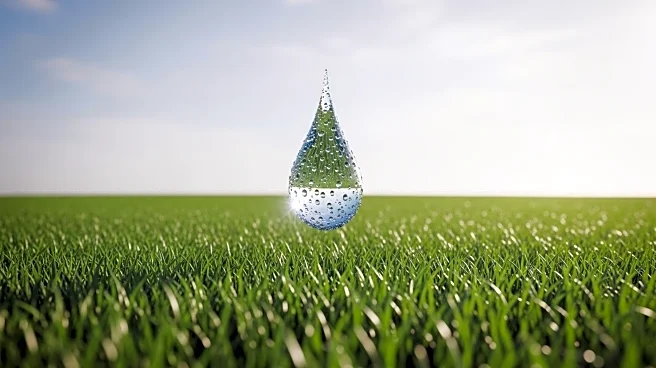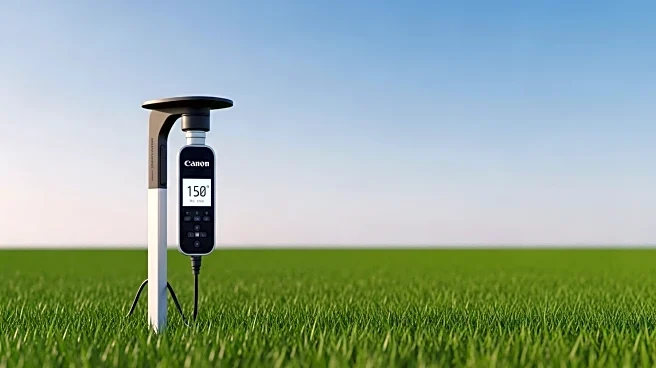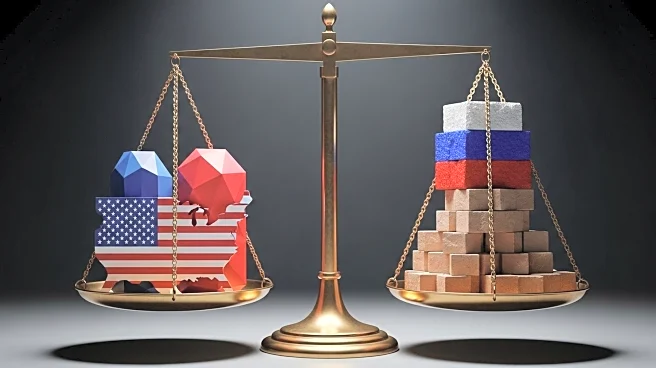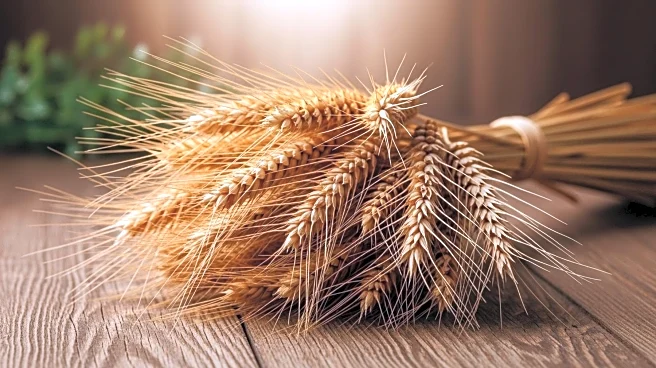What is the story about?
What's Happening?
The global agricultural surfactants market, currently valued at USD 2.1 billion, is expected to grow to USD 2.9 billion by 2030, with a compound annual growth rate (CAGR) of 6.7%. Surfactants are crucial in enhancing the efficiency of agrochemical applications, particularly as the demand for higher crop productivity increases amid decreasing farmland. These substances aid in the uniform distribution of agrochemicals on plant surfaces, improve absorption, and minimize spray drift, making them vital in herbicide, fungicide, and insecticide formulations. The market is being shaped by the growing adoption of precision farming technologies, the expansion of sustainable bio-based alternatives, and stricter residue regulations. As governments, especially in the European Union, advocate for reduced pesticide usage, surfactant technologies are evolving to ensure effective crop protection at lower doses.
Why It's Important?
The expansion of the agricultural surfactants market is significant for several reasons. It reflects a broader trend towards sustainable agriculture, as bio-based surfactants offer traceability and biodegradability, aligning with regulatory requirements and environmental goals. This shift is crucial for meeting global food security needs while adhering to sustainability standards. The market's growth is also driven by technological advancements in precision farming, which enhance the efficiency of chemical applications and reduce water usage. However, the higher cost of bio-based surfactants compared to petrochemical alternatives poses a challenge, particularly for smallholder farmers in emerging economies. Additionally, regulatory hurdles, such as tighter residue regulations in the EU and aquatic toxicity reviews by the U.S. EPA, require extensive testing and documentation, impacting product approvals.
What's Next?
The agricultural surfactants market is poised for continued growth, driven by innovations in precision farming and the increasing demand for sustainable solutions. As the EU's Farm-to-Fork initiative aims for a 50% reduction in pesticide usage by 2030, bio-based surfactants are expected to gain more traction. The development of nano-surfactants, which enable ultra-low dosing, represents a promising area for future growth, particularly in water-scarce regions. However, balancing cost-effectiveness with regulatory compliance will remain a key challenge for market participants. The market is likely to see increased competition and innovation as both multinational giants and regional players focus on niche areas such as nano-surfactants and specific crop needs.
Beyond the Headlines
The shift towards bio-based surfactants highlights a broader cultural and ethical movement towards sustainability in agriculture. This transition not only addresses environmental concerns but also aligns with consumer demand for eco-friendly products. The development of nano-surfactants and other advanced technologies could lead to long-term shifts in agricultural practices, promoting more efficient and sustainable farming methods. These changes could have significant implications for global food security and environmental conservation, as they support the reduction of chemical inputs and water usage in agriculture.
AI Generated Content
Do you find this article useful?















